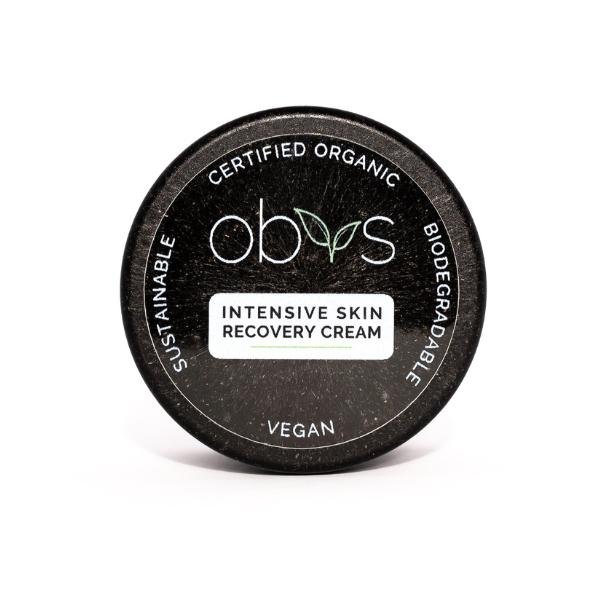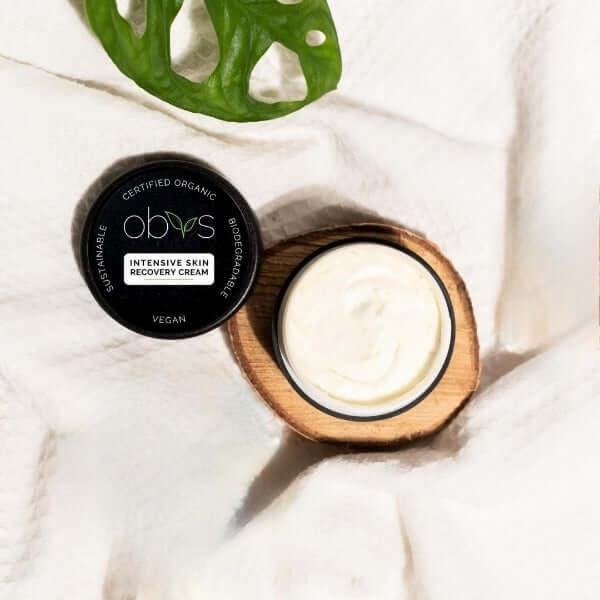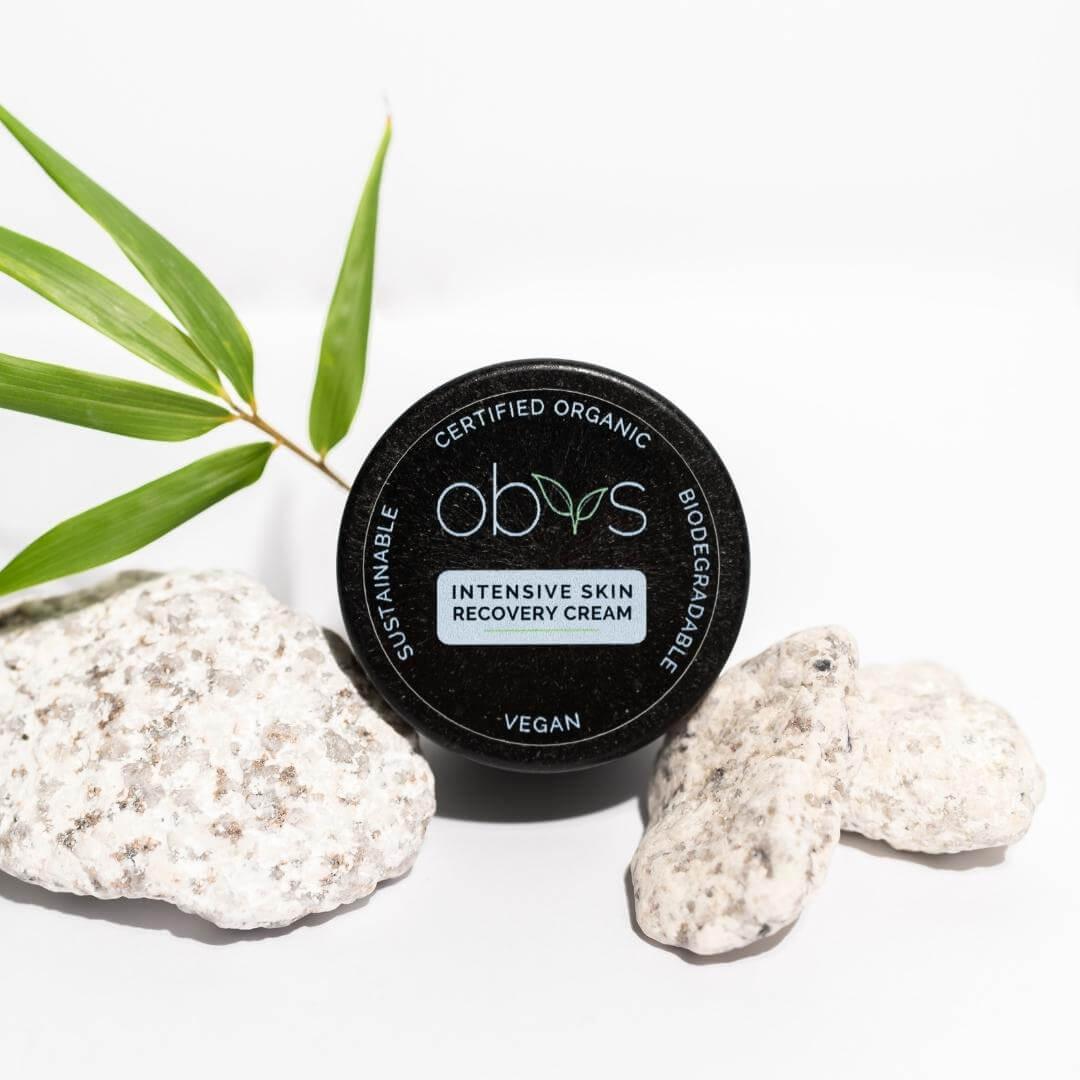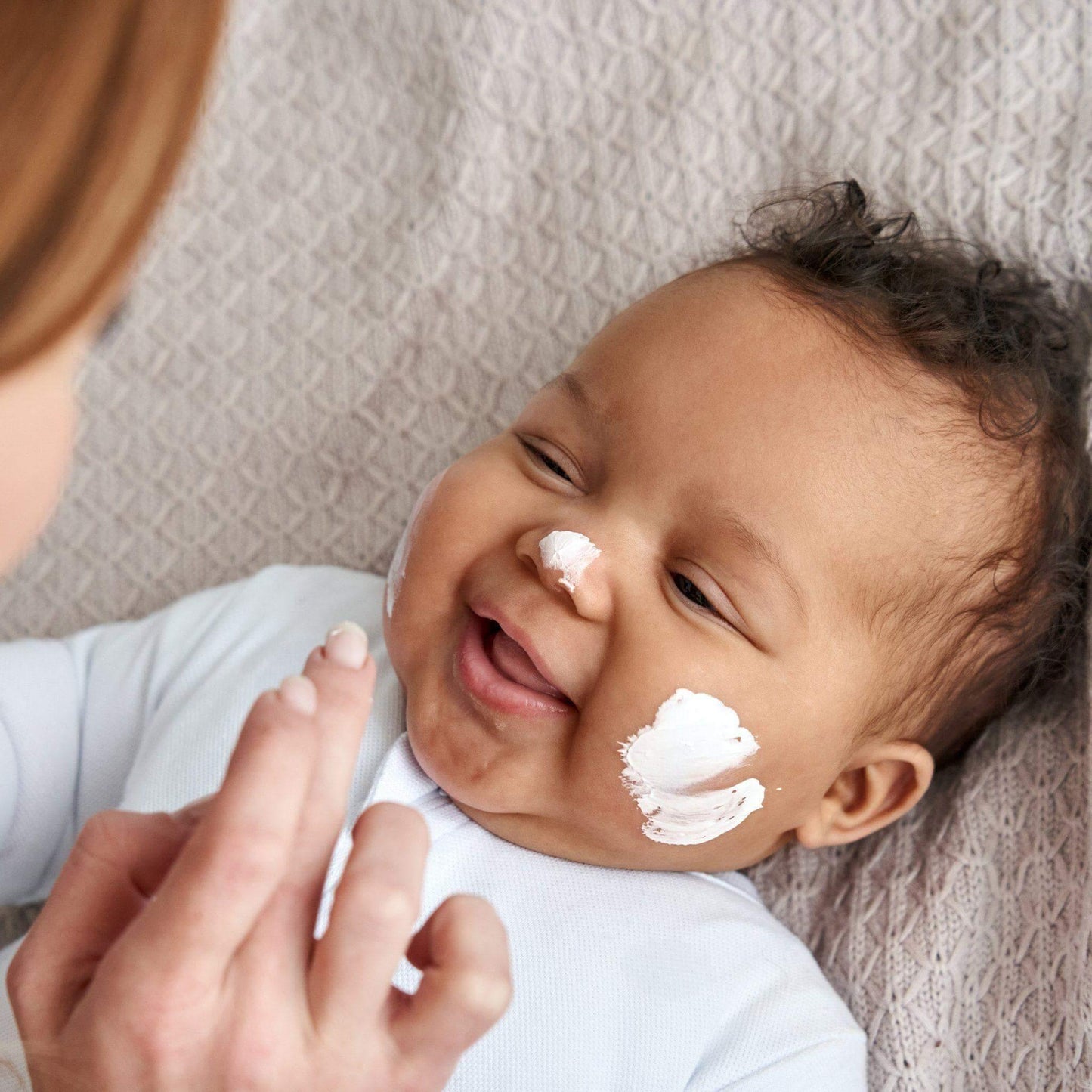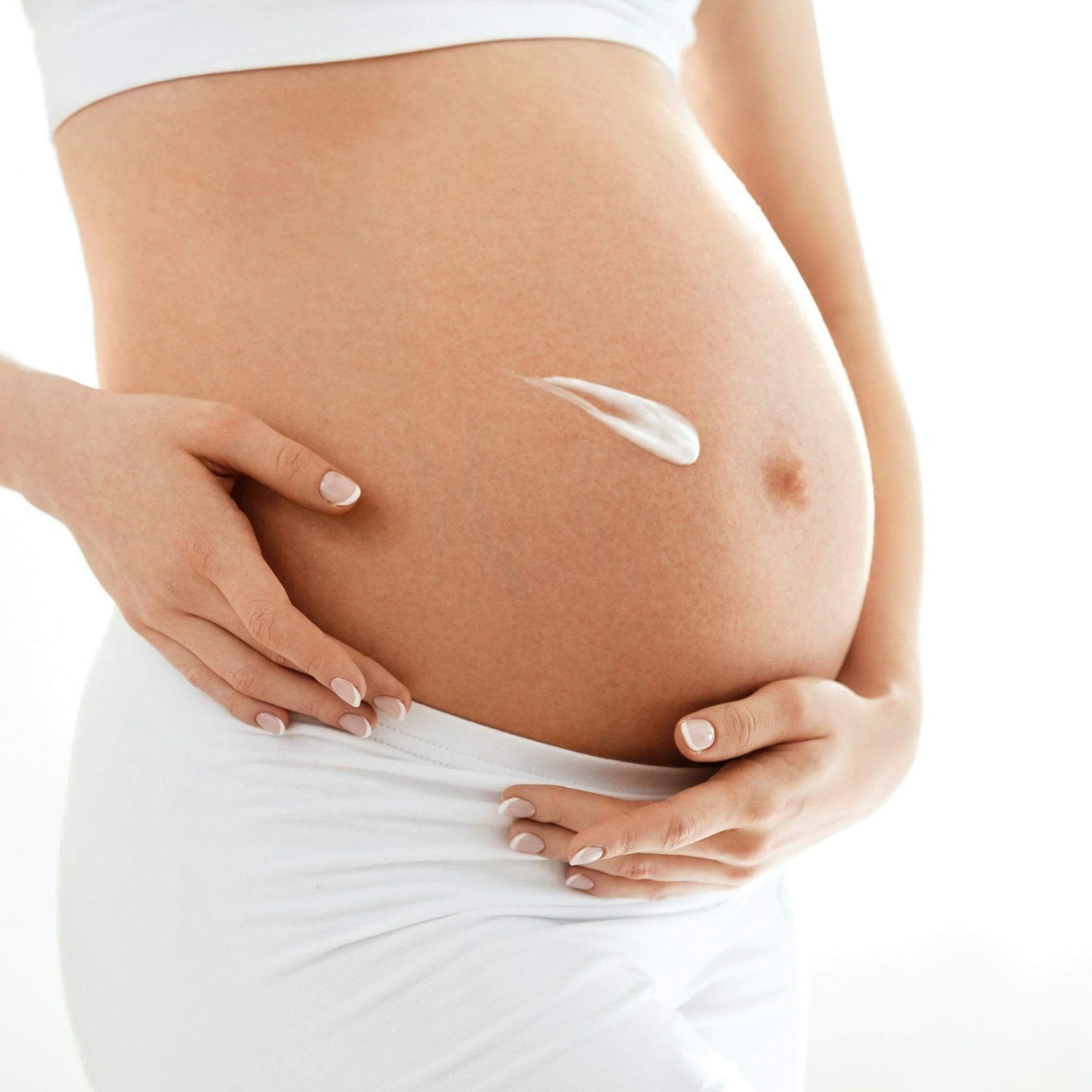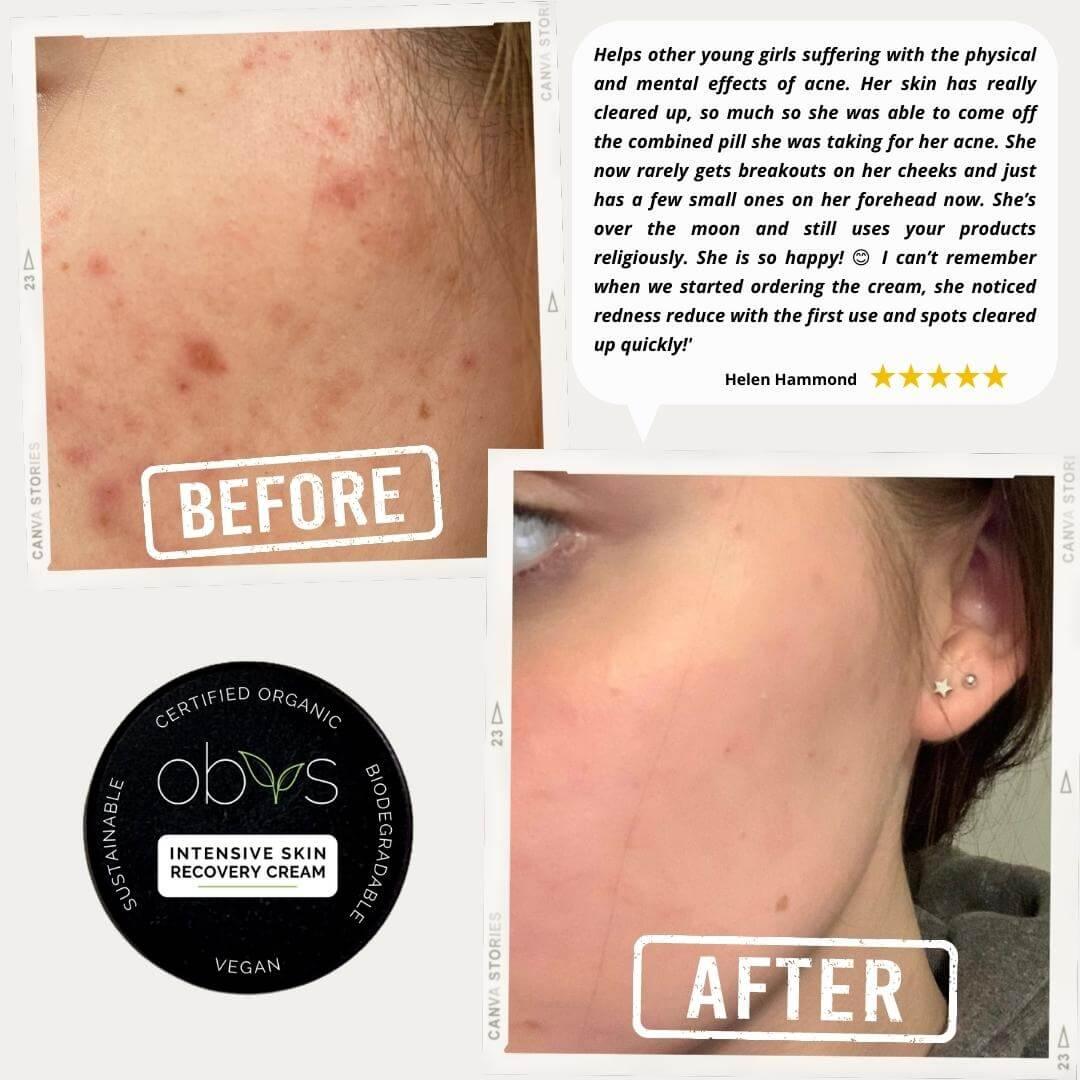
Alcohol in Skincare Isn’t What You Think
Share
Let’s get one thing straight: not all alcohols are the enemy.
When most people hear “alcohol” on a skincare label, they think of the kind that stings, strips, or smells suspiciously like their hand sanitiser (or their gin and tonic). But the truth? The alcohols used in skincare are a whole different story. Some can be drying. Others are nourishing, protective, and even necessary for your skin to function well.
So before you go binning your moisturiser, let’s unpack what’s really going on.
The Bad Ones: The Drying, Evaporating Kind
These are the simple alcohols — lightweight, volatile, and usually synthetic.
You’ll spot them on labels as:
- Alcohol Denat (Denatured Alcohol)
- Ethanol
- Isopropyl Alcohol
- Methanol
These are the ones that make your skin feel tight, stripped, or weirdly squeaky-clean after use. They’re used to dissolve ingredients or give a fast-drying, matte finish — but at a cost.
Over time, these can damage the skin barrier, causing redness, dryness, and irritation. If they appear high on the INCI list (the ingredient list on the back of your product), there’s a lot of them in there - and your skin will feel it.
The Good Ones: The Nourishing, Fatty Kind
Now for the good guys. These are fatty alcohols — thick, creamy, and incredibly skin-friendly.
You’ll see them listed as:
- Cetearyl Alcohol (see-TEE-uh-ril)
- Cetyl Alcohol (SEE-tul)
- Behenyl Alcohol (beh-HEE-nil)
- Arachidyl Alcohol (uh-RAK-uh-dil)
These aren’t remotely like the alcohol in your drink. They’re naturally derived from plant oils such as coconut, rapeseed, or shea, and they act as emollients - meaning they soften, smooth, and help strengthen your skin barrier.
They also stabilise emulsions (so your cream doesn’t split), add richness to texture, and help your skin hold onto moisture.
The Science: Why They’re Different
Here’s the simple version:
- Drying alcohols are short-chain molecules - small, fast-evaporating, and disruptive to the skin barrier.
- Fatty alcohols are long-chain molecules - solid, waxy, and deeply moisturising.
They’re made through hydrogenation, where natural oils are converted into a more stable, buttery form. This makes them gentle, effective, and incredibly useful in skincare, especially for dry, sensitive, or compromised skin.
So even though both groups contain the word “alcohol,” their chemistry and their effects couldn’t be more different.
Why Skincare Needs Alcohols
Here’s the thing: alcohols, when used correctly, have a purpose.
They can:
- Help water and oil mix (vital for some lotions and creams)
- Keep formulas stable and smooth
- Improve how actives penetrate the skin
- Add a silky, elegant texture to natural formulations
It’s not about whether alcohols belong in skincare - it’s about using the right type, in the right amount.
Remember: the INCI list is ordered by concentration.
If you see a harsh alcohol like Alcohol Denat near the top, think twice.
If you see a fatty alcohol like Behenyl or Cetearyl further down, you’re fine.
The Takeaway
The word “alcohol” doesn’t automatically mean “bad.”
It’s about which one it is, how much is in there, and why it’s been used.
- The drying alcohols (like Alcohol Denat and Ethanol) can strip your barrier if overused.
- The fatty, natural alcohols (like Arachidyl, Behenyl, Cetyl, and Cetearyl Alcohol) nourish, stabilise, and protect.
- And yes — the kind in your gin and tonic? That one belongs in your glass, not your moisturiser.
Remember, not all alcohols are detrimental to the skin.
Some strip. Some protect.
And knowing the difference makes all the difference.
References
-
Cosmetic Ingredient Review (CIR). Safety Assessment of Fatty Alcohols as Used in Cosmetics. 2021.
Read the report → -
Cosmetic Ingredient Review (CIR). Final Report on the Safety Assessment of Stearyl Alcohol, Oleyl Alcohol, and Related Long-Chain Alcohols.
Read the report → -
Chemists Corner. Role of Fatty Alcohol in Emulsion Stabilization. Discussion and formulation insights from professional cosmetic chemists.
Read the discussion → -
MDPI Cosmetics Journal. Stability and Application Properties of Surfactant-Free Cosmetic Emulsions. Vol. 9, Issue 6, 2022.
Read the article → -
European Commission CosIng Database. Ingredient Information and Safety Data for Cosmetic Use.

